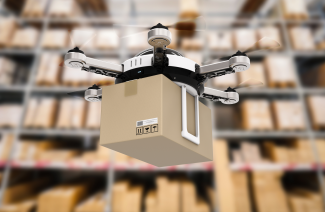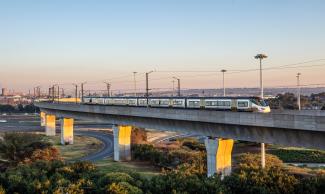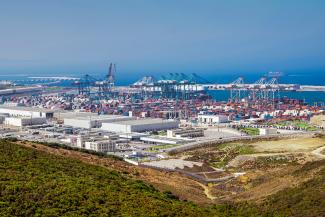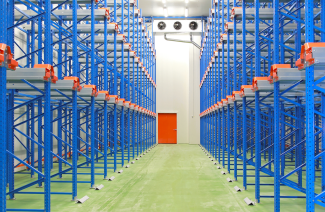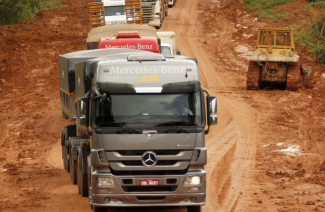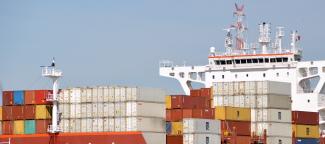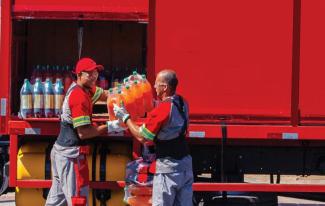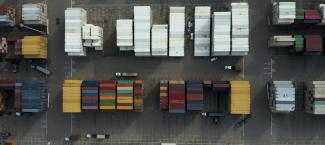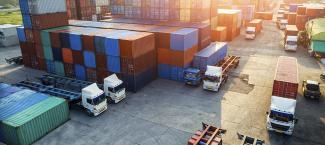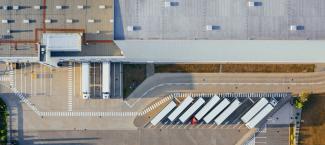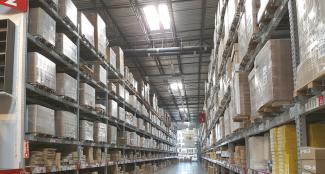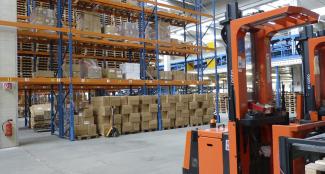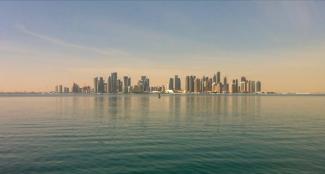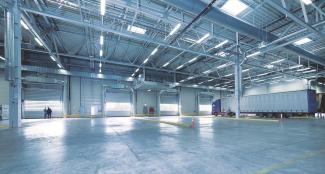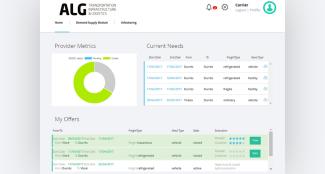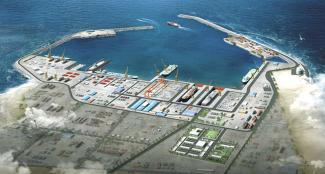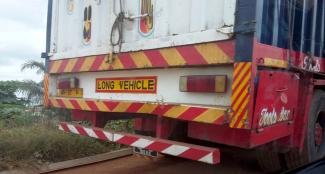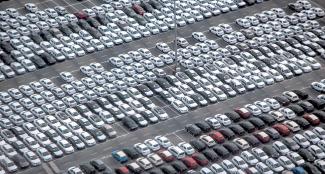In an increasingly demanding world where speed and efficiency have become non-negotiable requirements in commerce, logistics faces the challenge of adapting to ever more stringent consumer expectations. In this context, swarms of small drones are emerging as an innovative solution, promising to transform the B2C (business-to-consumer) sector through fast and effective deliveries. However, the implementation of this technology involves challenges that must be considered to establish realistic plans, while simultaneously taking advantage of the significant competitive benefits that drones can offer in logistics—benefits that certainly vary depending on the environment (urban or rural) and the nature of the applications (services, commerce, or even emergencies).
Logistics based on drone swarms is particularly attractive in cases where the volume and weight of the goods are small relative to their value, and when the urgency of delivery is a critical factor. Prominent examples of these circumstances include the delivery of documents, medicines, essential items, cosmetics, fresh food, or takeout meals, among others. In all these cases, the speed of delivery is critical, and the need for service is not always predictable in advance. The immediacy of the service and the delivery speed are essential to meet the needs addressed by these products. Gradually, as the service matures, products of lower value and higher volumetric ratios will be incorporated.
Certainly, this type of drone can be especially effective in dense urban areas with slow traffic and various obstacles that deviate optimal routes from corresponding straight lines. With flight speeds of around 90 km/h, drones can cover distances up to six times greater than land vehicles, which generally operate at an average speed of 25 km/h or less but rarely on direct routes. Such a speed difference means that a drone could potentially serve up to 36 times more population in urban environments than traditional transport means, simply because they can reach farther in the same amount of time. This scenario can be exploited by a prepared food business that cannot send food more than 10 minutes away without losing flavor or a pharmacy that can now send medicines farther without incurring disproportionate costs. The capacity of these devices, which can carry up to 3 kilograms of payload, also allows for multiple services to be handled on a single trip, which could be useful for the delivery of documents or other urgent but more predictable services.
The technology already exists, and the service is available in some cities worldwide. However, the use of drone swarms in urban areas still presents challenges. Concerns about privacy, propeller noise, the possible congestion of lower airspace, and the difficulty in finding suitable landing and delivery sites are important considerations, not fully regulated or resolved in most cases. Moreover, the operating cost of a drone may not be competitive compared to traditional delivery methods, especially over short distances, creating the need to maintain both methods available in many other scenarios.
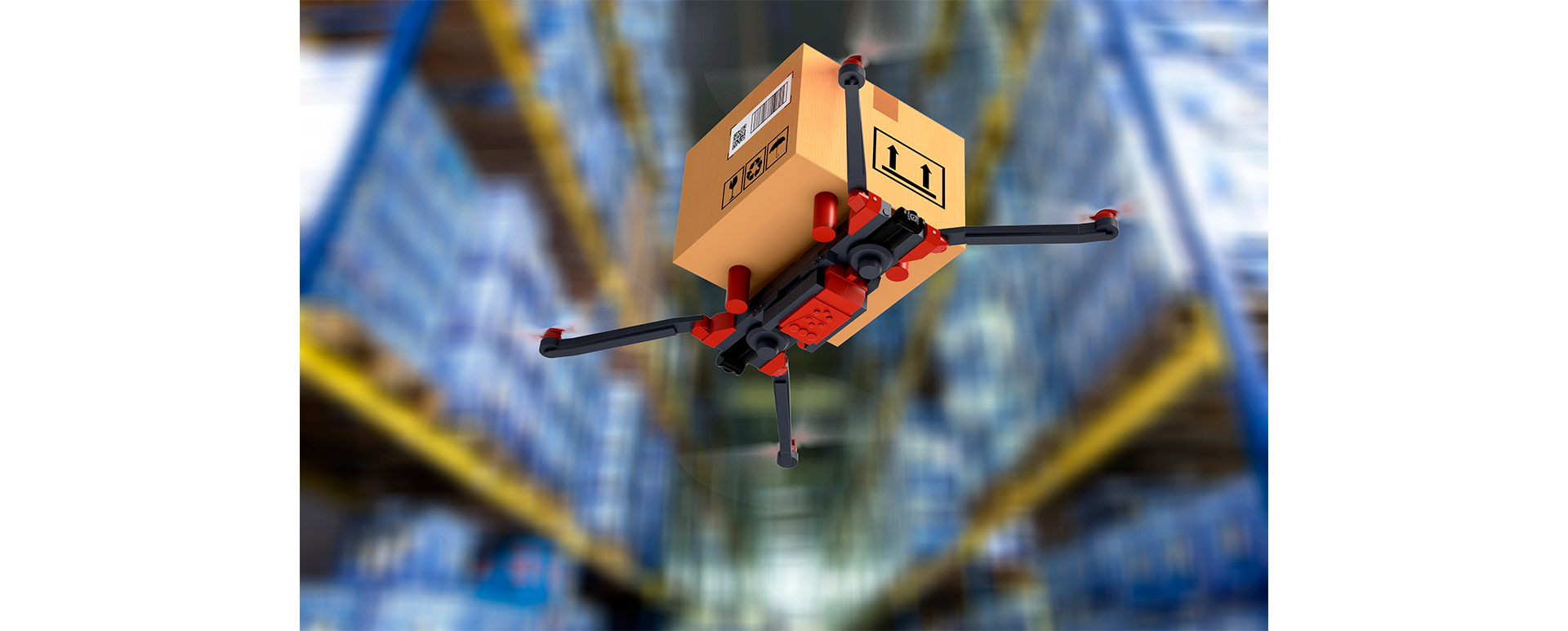
Unlike urban environments, rural areas offer a context where drones can excel without facing the same inconveniences and can be the necessary solution to the lack of many essential services that are not viable today because traditional logistics in these regions often encounter obstacles due to remoteness and the lack of adequate land infrastructure.
Drones can provide fast and effective solutions, connecting communities that would otherwise remain isolated. Markets like these are potentially of considerable size. In countries like Spain, England, or France, the population living in rural environments already exceeds 15-20%. In a country like Mexico, it can reach as high as 60%. For example, in a state like Sonora, with a per capita income of close to 12,000 dollars per year, more than two million people currently do not have access to a pharmacy within 1,500 meters.
Beyond commerce, drones can be extremely relevant in emergency situations and natural disasters where large populations are frequently left isolated and without essential items in a matter of hours. In hurricane, earthquake, or flood scenarios, drones can deliver medical supplies, food, and other essential resources to hard-to-reach areas. They can also be used to deliver flotation devices to drowning individuals or oxygen supplies in fire cases, providing a rapid response that can save lives.
In more specific contexts, such as delivering supplies to boats in bays during vacation seasons or in remote archipelagos where maritime transport is limited, drones can facilitate access to products that would otherwise be difficult to obtain. Their use in oil platforms, coastal trade vessels, or scientific expeditions in inhospitable places also highlights their potential versatility.
The integration of drones into B2C logistics represents an exciting future full of opportunities. Despite the challenges that still need to be overcome, such as regulation and adequate infrastructure, the advantages in terms of efficiency, speed, and reach are already undeniable and will make this industry inevitably soar over our cities and towns.
Drones have the potential to revolutionize deliveries in a wide variety of cases. Their optimal configuration and deployment will vary depending on the characteristics of each business, technical possibilities, and the surrounding topography and orography.
At ALG, we are ready to support companies and public institutions in exploring, configuring, and adopting these innovative technologies. As a consulting firm specializing in markets, aeronautics, and regulation, we have already developed feasibility projects for clients across diverse industries and needs in different regions of the world.

